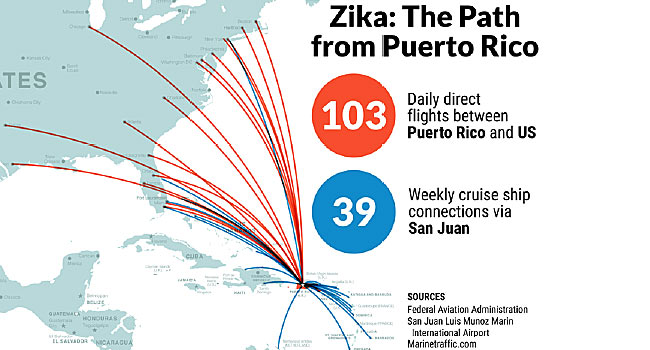A few weeks ago, we read Chapter 3 of Jane Bennett’s book Vibrant Matter, entitled “Edible Matter.” This chapter applies to food many of the same ideas as Chapter 2 applied to electricity. Bennett wants us to see food as an assemblage composed of many points of connection between or with other assemblages that are constantly in the process of becoming–becoming themselves and becoming other. That is, when we eat something, it becomes a part of us, but we also become a part of its history–the potato passes through us, but perhaps we also can be said to have passed through the potato.

Because like the potato we are also organic beings, when we die our bodies can become part of the earth that can again grow another potato or many other potatoes using the nutrients derived from our decomposed bodies. Into this cycle inserts itself capital, which attempts to isolate parts of this assemblage in order to exploit their process of becoming for the creation of wealth, or rather for the accumulation of value. Thus, the potato, whose intrinsic value lies in its own being as part of a living system, whether as root or as food, becomes instead a unit of value estranged from its own process of becoming.
Our dead bodies are also likewise estranged from this process when we prevent them from decomposing and returning to the earth. Like the embalmed corpse, the potato harvested through factory farming under capitalism is no longer a source of fertilization for the earth, nor of sustenance for hungry creatures who need food. It is now a unit of value, a commodified resource, i.e., a commodity, which if it cannot be sold must in fact be destroyed in order to preserve the capitalist order. This is why we have seen so much food being destroyed in the wake of this pandemic, despite simultaneously witnessing millions of people going hungry, waiting in soup kitchen and food pantry lines, and applying for nutritional public assistance (food stamps.)
Despite these important ideas, this chapter annoyed me because of its totally decontextualized references to obesity and its reliance on obscure philosophical ideas instead of or without a concomitant forthrightly materialist assessment of the relation between poverty, racism, discrimination, lack of decent health care, and bodily health. Body size is not the same as physical health. Not all skinny bodies are healthy and not all fat bodies are sick. If you want to read more about this, I highly recommend the work of Nalgona Positivity Pride.
Below is a video I recorded in response to student questions, comments, and my own reading of the Bennett chapter. I hope you enjoy it!
Please leave your comments and questions below in the comments section!




